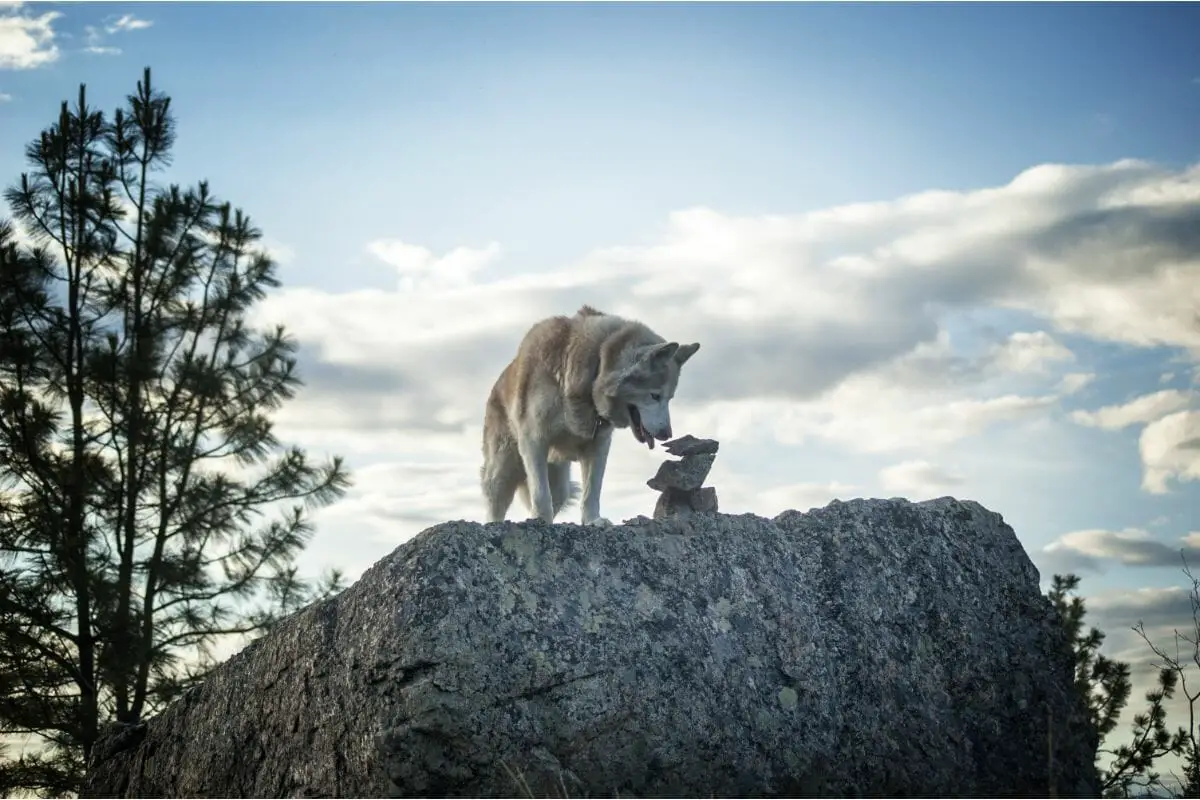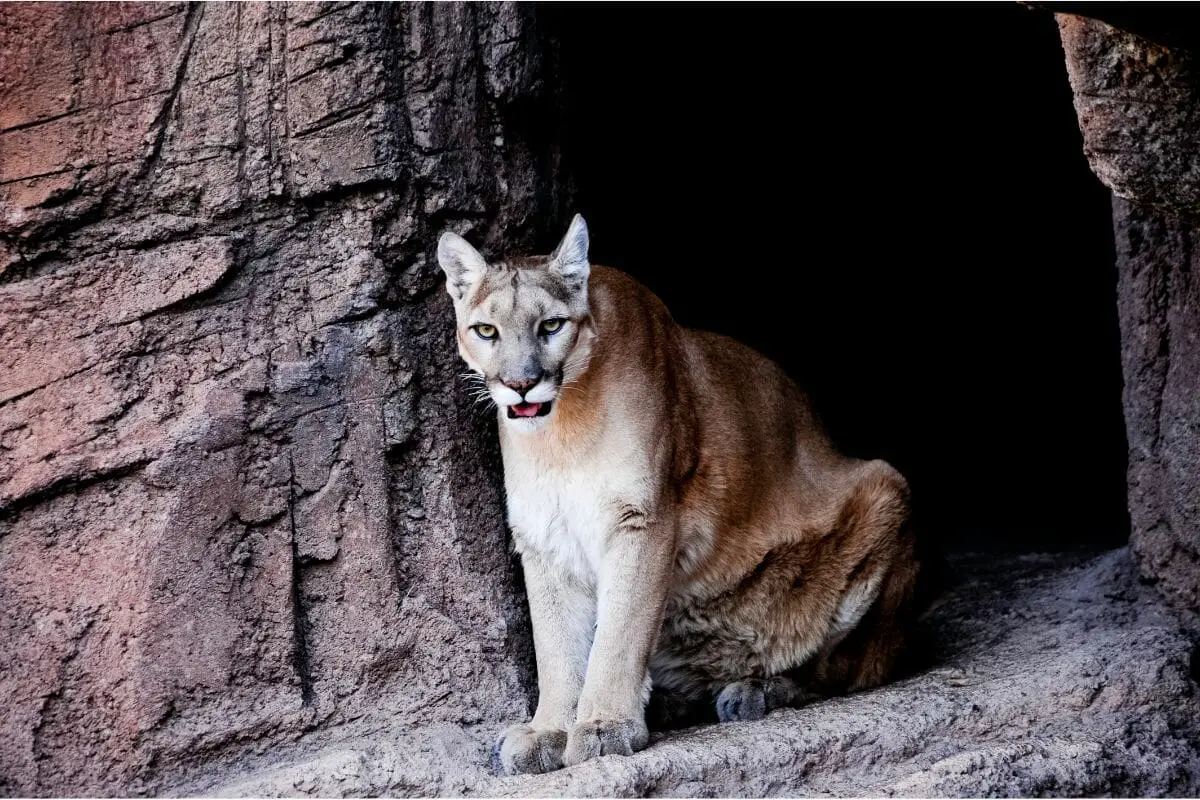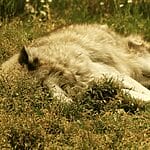Wolves aren’t just beautiful wild animals but they also play a key role in our National Parks.

However, the status of wolves in the United States is worrying. With wolf populations radically declining across the country, these animals are in dire need of protection.
In this review, we take a closer look at the legal status of wolves and what you can do to protect the US wolf population.
The Legal Status Of Wolves
The legal status of the gray wolf changes continually depending on the different political parties in power. However, gray wolves are part of the Endangered Species Act that protects these animals across the country.
This bill prohibits the trapping and hunting of wolves in all states beyond the Northern Rocky Mountains. This being said, the U.S. Fish and Wildlife Service continues its efforts to remove these protections for wolf species.
In addition, individual states can also create specific laws that allow the widespread hunting and killing of wolves. These laws can only be overturned by federal laws.
Why Is It Worth Protecting Wolf Populations?
While wolves are wild animals, they are worth protecting because they play an essential part in our ecosystem. Wolves hunt and eat elk, deer and other animals that tend to have large populations. The gray wolf keeps these populations to a minimum.
In turn, this benefits other animal species and plants across the country. Plus, wolves also leave carcasses which allows other wildlife, such as grizzly bears, to find their food.
Overall, wolf populations are essential to keep the natural balance in local and national ecosystems.
What Do Wildlife Protection Charities Do?
There are a number of wildlife conservation charities across the United States that aim to protect and secure a safe habitat for wild animals, including the wolf.
These charities continually work to improve federal protections for all wolf species across all territories in the US, including the Northern Rocky Mountains.
In addition, they also fight individual state laws that plant to poison, trap and hunt wolves. Conservation charities also provide educational talks to spread the word about wolf protection and protecting the animal’s habitat.
Wolf Protection: A Success Story
While the protection of wolves takes a long-term approach, there are a number of success stories that show that wolf populations can increase with the right measures.
In 1995, gray wolves were reintroduced into Yellowstone National Park where their numbers recovered relatively quickly.
In fact, the introduction of gray wolves back into Yellowstone showed that the entire ecosystem recovered. For example, wolves can keep elk from overgrazing exposed river banks.
This would lead to improvements in the vegetation near the river which had a positive effect on beaver populations. While this is just one of the most famous success stories of how wolves can improve an environment, there are more studies and wolf protection measures needed.

What Can You Do To Protect Wolves In The USA
Humans are the main reason why wolf populations across the world decline. That’s why, it is essential that we do as much as possible in our power to protect these beautiful animals.
Here are a number of different ways how you can help protect US wolf populations.
Support A Wildlife Charity
There is a great variety of wildlife charities in the United States, such as the Wolf Conservation Center. Some of them even focus fully on the protection of wolves and other wild animals.
Learn More About Wolves
In order to help protect wolves, it’s important to have a good understanding of what a wolf needs. For this reason, try to read books about wolves and watch wildlife documentaries.
You can also attend wolf symposia and conferences where scientists and wolf enthusiasts share the latest wolf conservation efforts.
Give An Educational Talk About Wolves
Once you understand more about wolves, their habitat and their needs, it’s a good idea to engage others by giving talks and sharing your knowledge. You can go into local schools or organizations that may be able to support wolf conservation projects.
Publish Letters And Opinion Pieces
You can write letters about wolves and conservation efforts in your region or state. Then, send them to local newspapers or national publications to spread awareness about wolf protection.
Get Involved In Environmental Projects
Wolves are part of a large, global ecosystem that requires protection. If you join local environment projects, then you can help protect this ecosystem for wolves and many other animals.
For example, you could join local land conservation groups that help preserve forests and other essential territories where wolves can roam.
Recycle
Protecting the environment isn’t just beneficial for wolf populations but the entire Earth. Make sure that you reduce your use of plastics, reuse as much as possible and recycle anything that cannot be reused.
Weigh Up All Arguments
Wolves and humans both have their good and bad traits. It’s important that you listen to both sides and understand what could be done to achieve a compromise.
Volunteer For An Environment Organization
Another great way to support protection efforts for wolf populations is by volunteering for a local environmental organization. This doesn’t have to be directly connected to wolves but it could also help to protect the wolf population’s territory.
Organize A Fund-Raising Event
The majority of conservation projects depend heavily on external funding. This means that you can help support these charities and projects by organizing a fund-raiser. You can then donate the money to your chosen wolf charity that looks after the well-being of wolves and their survival.
Vote For Candidates Who Support The Environment
Laws and regulations in each state and across the country can make a big difference to the wolf’s legal status. Make sure that you take a look at the League of Conservation Voters website to find out more about your local politicians who support sustainability.
Final Thoughts
There are many ways to protect the US wolf population, from raising funds to giving educational talks at your local school.
- What Should I Do If A Koala Bites Me? Safety Guide - 2024-05-30
- Are Kangaroos Born Without Hind Legs? A Fascinating Journey - 2024-05-30
- Animals That Look Like Squirrels - 2024-05-30









